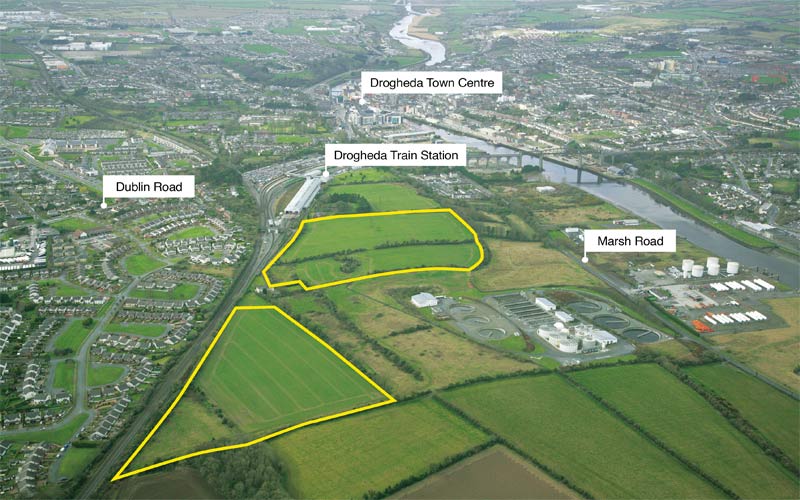A Luas link from Dublin city centre to the airport is emerging as the favoured option to replace the controversial Metro North project. Minister for Transport Paschal Donohoe has initiated a review of various options for the north Dublin-Fingal area, including connections to Dublin Airport.
While the Department of Transport refused to comment, a number of sources have said Mr Donohoe’s emerging preference is for a light-rail option, understood to be a Luas line that would tunnel under Glasnevin Cemetery before linking to Dublin Airport and Swords.
It would spur off the Luas Cross City project currently under construction, which will connect St Stephen’s Green to Broombridge.
The Minister is expected to make a recommendation to Cabinet before the Dáil summer recess. He is currently awaiting a report from the National Transport Authority (NTA), which is assessing a shortlist of six options, whittled down from 25, identified last year.
Under consideration
An amended Metro North is one of the options under consideration in the NTA report, but this is seen as too expensive.
While both the amended Metro North and Luas options involve some tunnelling, Metro North’s proposed tunnels cover a much greater distance and would drive up costs.
Dart spurs, from both the Maynooth line and Clongriffin on the Dublin-Belfast train line, are also on the shortlist, as are proposals for Bus Rapid Transit (BRT) or so-called bendy buses.
Mr Donohoe’s spokeswoman said he has yet to receive the NTA report, which also has a cost-benefit analysis of each option, and is awaiting more detailed proposals on the rapid-transit buses, effectively a higher standard of bus service than exists at present.
BRT involves long single-decker buses running in highly segregated bus lanes away from other traffic, with much more frequency.
The spokeswoman said a final decision will be based on “what is best for north Dublin”.
Mr Donohoe will then make his recommendation to Cabinet and seek funding for the plan.
However, work is unlikely to begin for a number of years because of planning and funding considerations.
The Luas line from Cabra to the airport and Swords also runs through Mr Donohoe’s Dublin Central constituency, although tunnelling under Glasnevin Cemetery, while potentially a sensitive issue, is unlikely to cause much residential concern.
Mr Donohoe has said that the main priority is to develop links between the city centre and the airport and the Swords area, which are expected to expand significantly.
“Particularly for Dublin Airport and Swords, for those areas, city-centre access is essential for the development of our city,” he said.
See more at www.irishtimes.com




























 Nama made a profit of €102m for the first six months of this year, and has guided that it will complete its work by the end of 2017 or mid-2018, according to its annual statement, published yesterday. This was almost double the €55 million surplus achieved in the same period of 2013. The report shows that Nama’s cash generation accelerated in the six-month period, generating cash of €5.4 billion during the first half of this year compared with €2 billion in the same period of 2013.
Nama made a profit of €102m for the first six months of this year, and has guided that it will complete its work by the end of 2017 or mid-2018, according to its annual statement, published yesterday. This was almost double the €55 million surplus achieved in the same period of 2013. The report shows that Nama’s cash generation accelerated in the six-month period, generating cash of €5.4 billion during the first half of this year compared with €2 billion in the same period of 2013.








